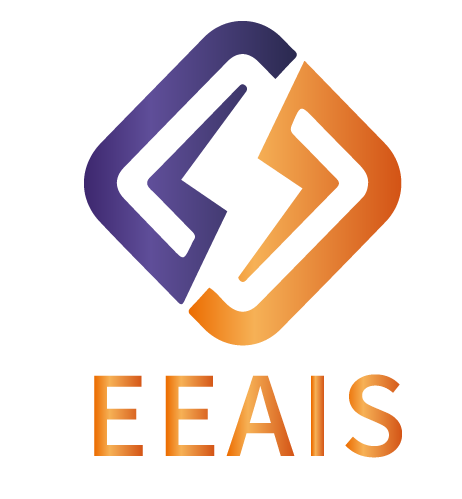
Usage Guidelines for Generative AI Tools
Generative AI (GenAI) tools have brought significant convenience to academic research and paper writing. However, while enjoying the benefits of technology, authors must assume corresponding ethical responsibilities to ensure the authenticity, accuracy, and originality of the generated content. Transparently disclosing the use of these tools and adhering strictly to academic standards is key to avoiding ethical risks and ensuring publication quality.
Statement on the Ethical Use and Publication Guidelines for Authors Using Generative AI (GenAI) Tools
Authors should be fully responsible for the content in their manuscripts. If the manuscript contains content generated by AI tools, the author must be held accountable for any violations of publishing ethics arising therefrom. To ensure compliance with ethical standards in academic publishing, we provide the following guidelines for the use of GenAI tools:
1.Language and Format Editing: Authors are allowed to use GenAI tools (such as GPT and Grammarly) to improve the spelling, grammar, and general formatting of manuscripts. However, GenAI tools may introduce new grammatical errors, logical issues, or content biases. Therefore, after using these tools, authors must carefully review and edit the generated content to ensure accuracy and consistency.
2.Review of Content Accuracy and Originality:For content generated with the assistance of GenAI tools (such as paragraphs, citations, and abstracts), authors must carefully check the accuracy of the generated content, including the authenticity of references, correctness of formatting, and consistency of data. Additionally, authors must confirm that the generated content does not incur plagiarism issues to avoid copyright infringement, and plagiarism detection tools should be used to further verify the originality of any AI-generated content.
3.Review of Charts and Data:Authors using GenAI tools to generate charts or other scientific artwork must ensure that the visualized presentation of data accurately reflects the real data provided in the manuscript. AI-generated artwork may present risks such as unclear data labelling, misleading design, or data manipulation; therefore, manual review of AI-generated artwork is required.
4.Transparency and Disclosure of Tool Usage: Authors using GenAI tools in manuscript writing, image or graphic element creation, data collection, and analysis must ensure content accuracy and meanwhile disclose the specific usage of these tools in the Methodology or Acknowledgement sections of the manuscript. The disclosure should specify the tool’s name, version, functionality, and specific application in the manuscript. For example, authors should clearly state how the tool has contributed to spelling correction, data analysis, or image processing.
5.Prohibition of Data Synthesis and Manipulation:GenAI tools must not be used to synthesize data to make up for missing data, alter or manipulate original images, charts, or other data in a way that affects the presentation of the original data and research results. Any behavior involving the manipulation or fabrication of data generated by AI violates academic integrity and may lead to serious ethical issues.
6.Limitations on the Reasonable Use of GenAI Tools: GenAI tools cannot be used to initiate an original research project without human guidance, nor can they be used to complete the entire research process of writing a paper. GenAI tools should only serve as auxiliary tools and cannot replace the author in conducting independent academic research. Additionally, GenAI tools cannot be listed as authors of the paper, as they do not possess the capability to create knowledge or assume academic responsibility. COPE has already provided detailed guidance on this matter, which is available here:[COPE Position Statement on AI and Authorship].